| Date | Text | |
|---|---|---|
30 Nov 1912
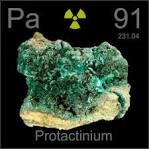
Protactinium |
Protactinium (chemistry) Protactinium is first identified by Kasimir Fajans and O. H. Göhring. |
|
30 Nov 1912

Henry Moseley |
Henry Moseley (chemistry) Henry Moseley shows that nuclear charge is the real basis for numbering the elements and discovers a systematic relation between wavelength and atomic number by using x-ray spectra obtained by diffraction in crystals.Frederick Soddy proposes that isotopes may have differing atomic weights. |
|
30 Nov 1912

J. J. Thomson |
J. J. Thomson (chemistry) J. J. Thomson shows that charged subatomic particles can be separated by their mass-to-charge ratio, the technique known as mass spectrometry. |
|
30 Nov 1912
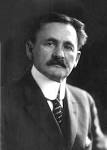
Albert A. Michelson |
Albert A. Michelson (geology) Albert A. Michelson measures tides in the solid body of the Earth |
|
30 Nov 1912

Pierre Duhem |
Pierre Duhem (history of science) Pierre Duhem begins publication of Le Système du Monde: Histoire des Doctrines cosmologiques de Platon à Copernic in Paris. |
|
30 Nov 1912

Alfred North Whitehead |
Alfred North Whitehead (mathematics) Publication of the 3rd volume of Principia Mathematica by Alfred North Whitehead and Bertrand Russell, one of the most important and seminal works in mathematical logic and philosophy. |
|
30 Nov 1912

Émile Borel |
Émile Borel (mathematics) Émile Borel first states the infinite monkey theorem in the way it will subsequently become known. |
|
30 Nov 1912
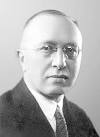
Nikolay Anichkov |
Nikolay Anichkov (medicine) Nikolay Anichkov first demonstrates the significance and role of cholesterol in atherosclerosis pathogenesis. |
|
30 Nov 1912

Albert Schweitzer |
Albert Schweitzer (medicine) Albert Schweitzer sets up the Albert Schweitzer Hospital at Lambaréné in French Equatorial Africa. |
|
30 Nov 1912

William Henry Bragg |
William Henry Bragg (physics) William Henry Bragg and William Lawrence Bragg work out the Bragg condition for strong X-ray reflection. |
|
30 Nov 1912

Niels Bohr |
Niels Bohr (physics) Niels Bohr presents his quantum model of the atom. |
|
30 Nov 1912

Robert Millikan |
Robert Millikan (physics) Robert Millikan measures the fundamental unit of electric charge. |
|
30 Nov 1912
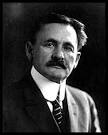
Georges Sagnac |
Georges Sagnac (physics) Georges Sagnac demonstrates the Sagnac effect, showing that light propagates at a speed independent of the speed of its source. |
|
30 Nov 1912

Johannes Stark |
Johannes Stark (physics) Johannes Stark demonstrates that strong electric fields will split the Balmer spectral line series of hydrogen. |
|
30 Nov 1912
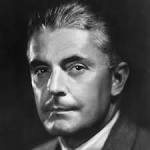
John B. Watson |
John B. Watson (psychology) John B. Watson publishes the article "Psychology as the Behaviorist Views It" — sometimes called "The Behaviorist Manifesto". |
|
30 Nov 1912

O.S. |
O.S. (technology) May 26 (May 13 O.S.) – Igor Sikorsky flies the world's first 4-engine fixed-wing aircraft, his Bolshoi Baltisky biplane, near Saint Petersburg. |
|
30 Nov 1912
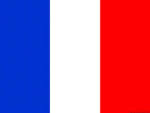
French |
French (technology) French inventor René Lorin patents the ramjet, but attempts to build a prototype fail due to inadequate materials. |
|
30 Nov 1912
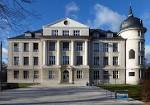
Die Kaiser-Wilhelm-Gesellschaft zur Förderung der Wissenschaften e. V. |
Die Kaiser-Wilhelm-Gesellschaft zur Förderung der Wissenschaften e. V. (publications) Die Naturwissenschaften first published by Die Kaiser-Wilhelm-Gesellschaft zur Förderung der Wissenschaften e. V. |